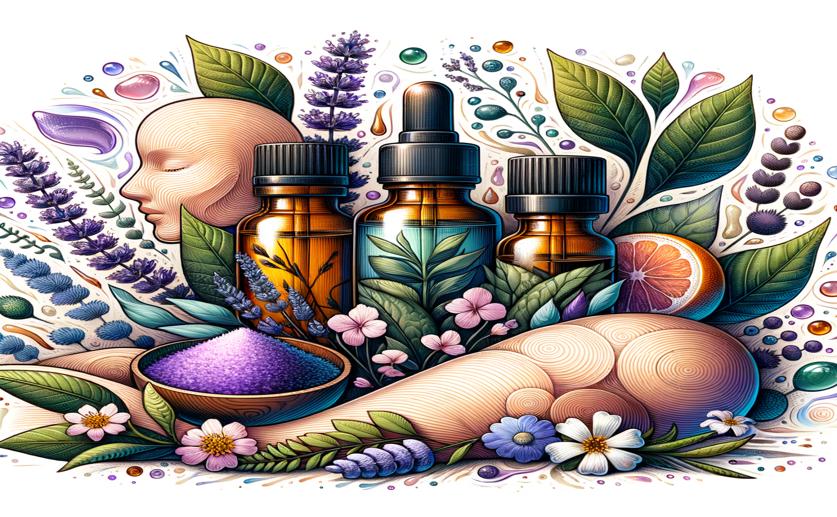
Powerful Essential Oil Blends Combat Skin Infections
Jenn Hoskins
27th August, 2024

Image Source: Natural Science News, 2024
Key Findings
- Research from Cairo University found that essential oils like cinnamon and clove can effectively treat fungal infections
- These oils showed strong antifungal activity against various dermatophytes, especially Microsporum canis
- Combining essential oils, such as cinnamon with clove or lemongrass, enhanced their antifungal effects
References
Main Study
1) Synergistic potential of essential oil combinations against Microsporum, Trichophyton, and Epidermophyton.
Published 26th August, 2024
https://doi.org/10.1007/s10123-024-00566-y
Related Studies
2) In vitro activities of 15 antifungal drugs against a large collection of clinical isolates of Microsporum canis.
3) Dermatophytes growth curve and in vitro susceptibility test: a broth micro-titration method.
Journal: Medical mycology, Issue: Vol 43, Issue 4, Jun 2005
4) Essential Oils and Their Major Components: An Updated Review on Antimicrobial Activities, Mechanism of Action and Their Potential Application in the Food Industry.



 6th July, 2024 | Greg Howard
6th July, 2024 | Greg Howard